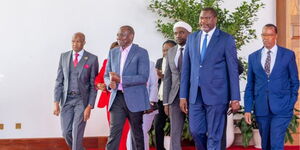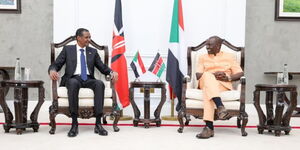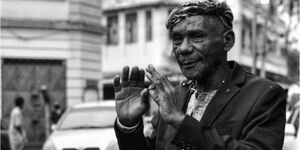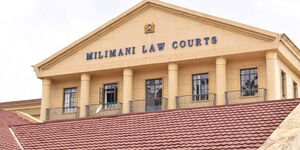President Uhuru Kenyatta’s second term in office was primarily affected by the Covid-19 pandemic which was reported in the country on Friday, March 13, 2020.
The crisis hindered development projects as money was diverted to curb the pandemic. The economy sustained a beating - and its revival will no doubt consume the majority of Kenyatta’s last two years in office.
The President has steered the country through a crisis while at the same time facing opposition from within his circles. In this regard, the President has made some very important decisions that have shaped the course of the country.
Below are some bold decisions Uhuru made that defined the year 2020.
Covid-19 Restriction Measures
The inter-county lockdowns and curfews were first effected on March 25, with schools and bars also shut down to curb the spread of the Covid-19. These measures were, later on, extended severally, save for lockdowns which were lifted in July 2020.
The government moved to cushion its citizens through various economic measures such as reduction of the Value Added Tax from 16% to 14%, provision of food and money packages, removal of charges on money transfers within Ksh1,000 and below and changes on the listing of loan defaulters on the Credit Reference Bureau (CRB).
The decision to close all learning institutions was probably one of the most significant during the Covid-19 pandemic period. The decision divided the nation, parents, stakeholders and international bodies. Schools were, however, partially reopened on October 12, 2020, with the full reopening slated for January 4, 2021.
It is, however, still unclear if indeed the school gates will be opened to allow learning to resume as Covid-19 cases have continued to rise sharply.
Nairobi Metropolitan Services (NMS)
The decision by President Uhuru to form Nairobi Metropolitan Services (NMS) was a major one.
The NMS was formed in February 2020 after Nairobi Governor Mike Sonko signed the deed of transfer, handing over key duties to the National Government.
The service was placed under General Mohamed Badi from the Air Force, and was tasked with managing Health, Transport, Public works and Planning and Development Services within Nairobi. Badi would later be appointed into the Cabinet.
The agency will play a crucial role in Kenyatta’s legacy, and has already repaired roads, revived the railway system, built hospitals and boreholes and taken over the collection of revenue.
Its creation caused fights between ousted Nairobi governor Mike Sonko, Badi and Uhuru, with the former accusing the latter and the NMS of operating illegally. Sonko waged a full war against NMS with tactics such as denying it funds. This was, however, his own downfall as it led to his impeachment. 88 MCAs voted the Governor out of office in December 2020.
Military Appointments
More military appointments soon followed suit with the Kenya Meat Commission transferred to the Defence Department.
The Kenya Defence Forces (KDF) was also deployed to the Land’s Ministry to streamline Services and the Air Force was poised to take over management of aeroplanes attached to government parastatals and police.
“I have no such intention (militarising the nation). But it is only a fool who would not use those who can perform to help him achieve his intended goals. I am not militarising anything. I am using reliable Kenyan citizens to fulfil my agenda for this Republic. And the KDF are part of us and are also part of our citizens,” the President defended his decisions.
Office of the DP Abolished under Executive Order No 1 of 2020
According to the document seen by Kenyans.co.ke on June 3, the Executive Office of The Deputy President was abolished and instead put under that of the President.
This was largely interpreted as a move by Kenyatta to cut Deputy President William Ruto’s powers. The two leaders differed severally in 2020, with Kenyatta initiating a purge against DP’s allies. He ejected them from top Jubilee and Parliament positions.
He also made changes in the party’s National Management Committee and took control of Jubilee. Both leaders had fought for the control of the party. Ruto, later on, opened new headquarters dubbed Jubilee Asili to accommodate his allies.
Division of Revenue
Kenyatta ended a standoff between Senators on how to allocate revenue to the counties. He committed to raising next year's counties budget by Ksh 50 billion. On Thursday, October 8, he signed into law 2020/2021 County Revenue Allocation (CRA) Bill paving the way for the disbursement of exchequer funds to the Counties.
In the new law, counties were allocated a sum of Ksh369.87 billion which included Ksh316.5 billion of equitable share and Ksh13.73 billion in conditional grants from the government.












